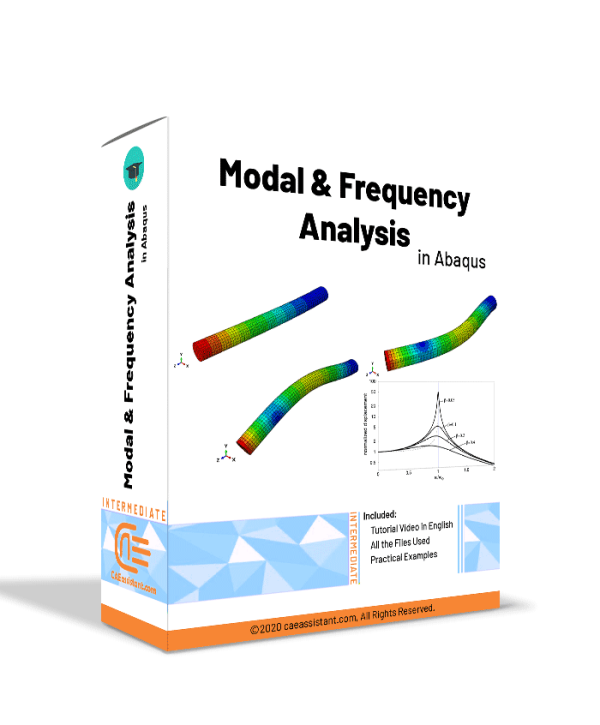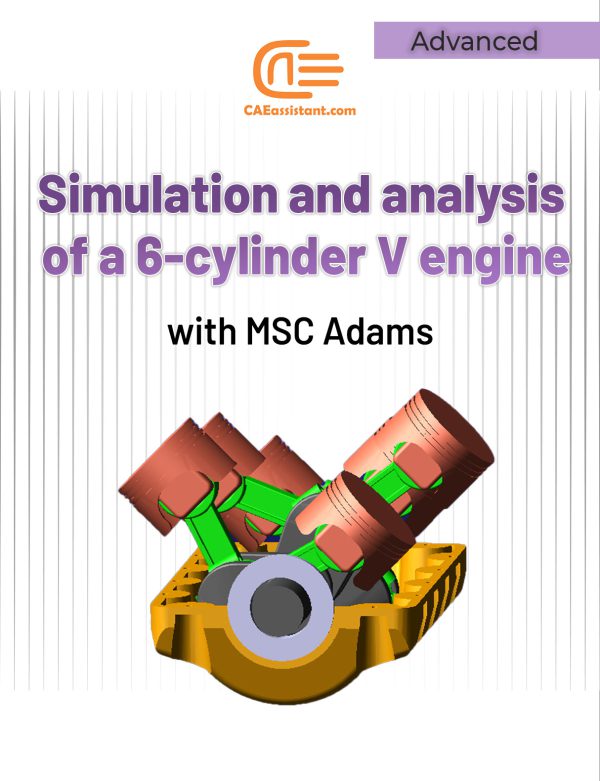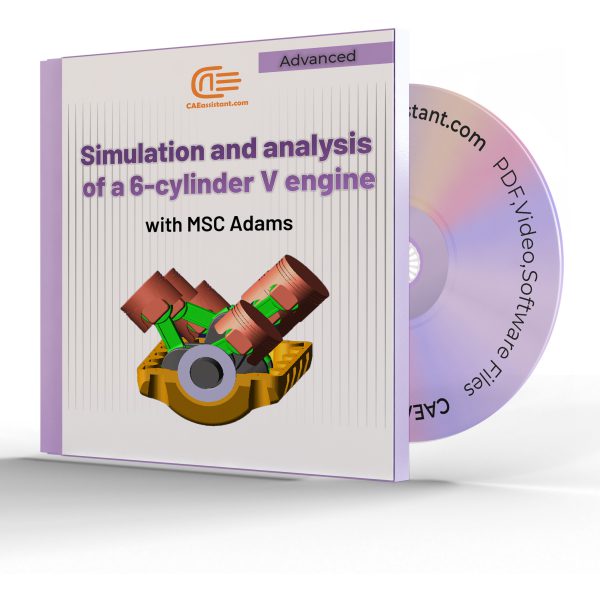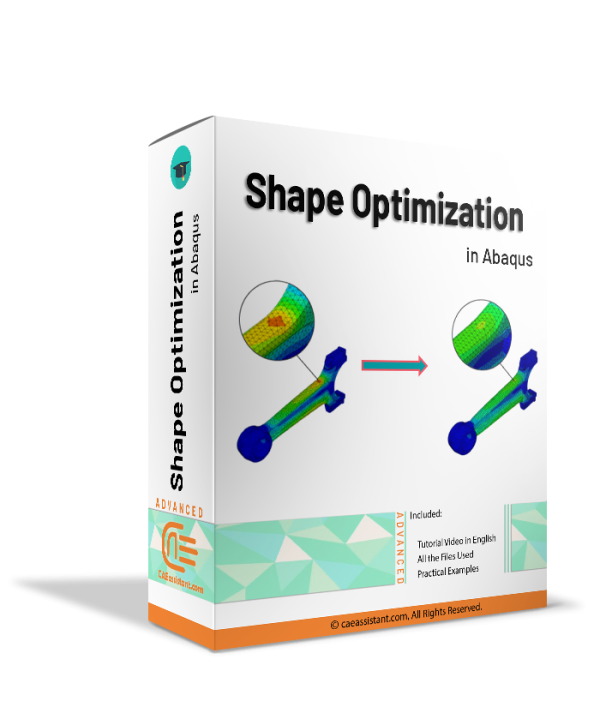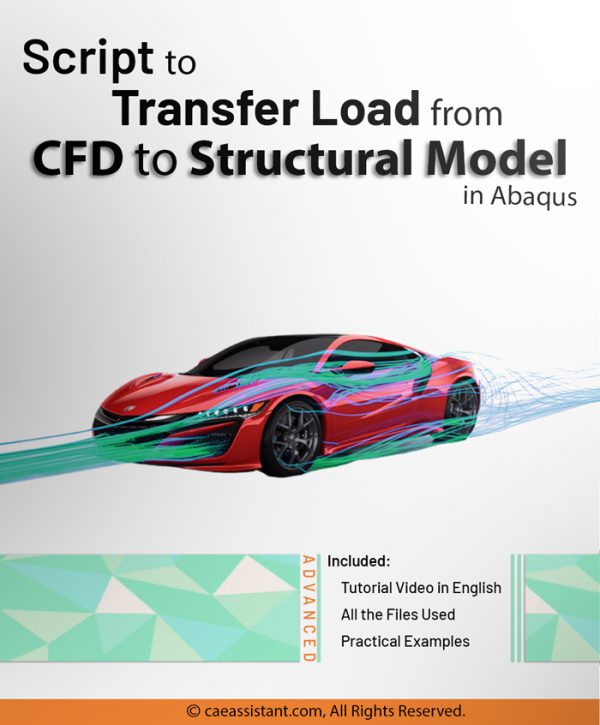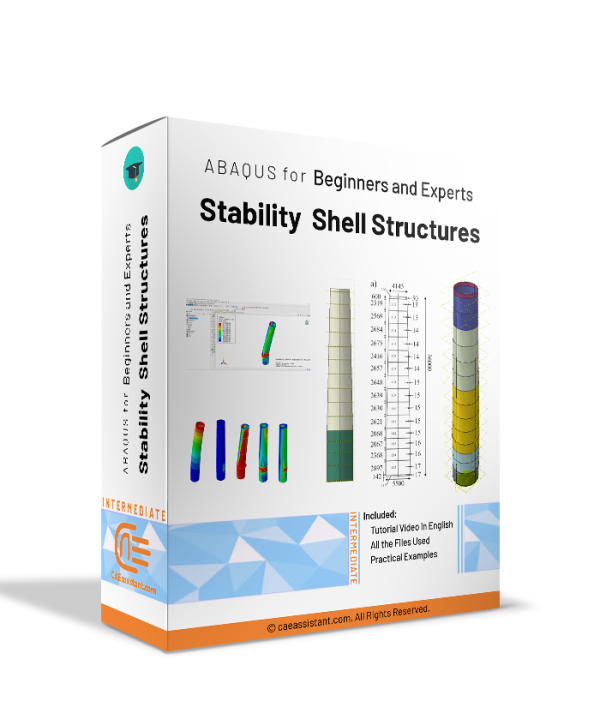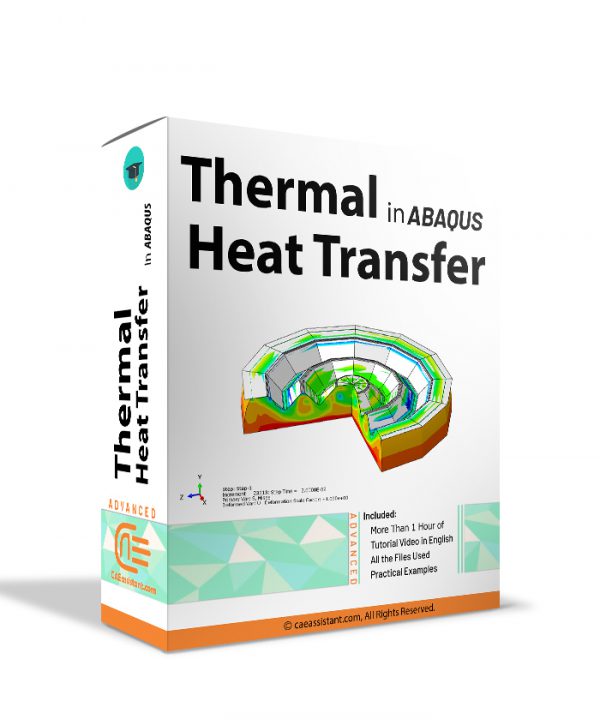Training Package
Modal and Frequency Analysis in Abaqus | Abaqus modal Analysis
Modal analysis is a technique used to understand how structures and systems vibrate when subjected to forces. It identifies natural frequencies, which are frequencies at which a system vibrates without external excitation, and mode shapes, representing unique patterns of motion. Engineers use modal analysis simulation to design systems resistant to unwanted vibrations, preventing resonance and potential damage.
Frequency response analysis evaluates a structure's reaction to specific excitations across varying frequencies, aiding in design optimization to mitigate fatigue damage caused by vibrations. In Abaqus software, Abaqus modal analysis identifies natural frequencies (Abaqus natural frequency) and mode shapes, while frequency response analysis predicts a structure's response to excitation across a frequency range.
In Abaqus modal analysis tutorial package, there are several modal analysis examples (modal analysis example): Workshop 1 analyzes the natural frequency of a water transfer tube to predict resonance occurrence or potential issues from vibrations. Workshop 2 simulates the dynamic analysis of a frame under a sudden load, determining modes, natural frequencies, and transient dynamic response.
Workshop 3 simulates free and forced vibrations of a wire under harmonic excitation, examining resonance phenomena with preloading and spring-damper configurations. These workshops demonstrate practical applications of modal and frequency response analyses in structural dynamics simulation and design.
Simulation and analysis of a 6-cylinder V engine with MSC Adams
A 6-cylinder V engine is a type of internal combustion engine that features six cylinders arranged in a V-shaped configuration. This design allows for a more compact and efficient engine compared to traditional inline configurations. The cylinders are typically divided into two banks, each with three cylinders, set at an angle to each other.
The V configuration provides a more balanced and smoother operation, reducing vibrations and improving overall performance. This engine layout is commonly used in a variety of vehicles, including cars, trucks, and SUVs, due to its combination of power, efficiency, and smooth operation.
Shape optimization in Abaqus
Shape optimization is employed towards the conclusion of the design process, when the overall structure of a component is established and only minor adjustments are permitted by relocating surface nodes in specific regions. In shape optimization, the displacements of the surface nodes (design nodes) serve as the design variables. The process commences with a finite element model that requires slight enhancements or with a finite element model derived from a topology optimization. In this training package, first, you will learn the concept of optimization and shape optimization in Abaqus. After that, all required settings to do a shape optimization, such as optimization task and design responses will be fully explained. And in the last lesson, you will learn how to create an optimization process and be familiar with the generated files by the shape optimization process.
Script to transfer load from CFD to structural model in Abaqus
Notice: This package will be available 1 month after purchase in your dashboard.
FEA offers various loading types, such as force, pressure, and temperature, which can be applied to different parts of an object, such as points, surfaces, edges, nodes, and elements. Therefore, applying accurate loading conditions on these features is necessary for reliable simulation results and the safe design of structures. Sometimes, the loading conditions are obtained by another analysis, such as CFD, and need to be transferred and applied to the structural model for the structural analysis; during this transfer, the loads might not be appropriately applied to the model, especially when the loads are complicated like the pressure profile of a space rocket. So in this package, a Python script is presented to solve this issue and transfer the loads properly to the structural model.
Buckling and Postbuckling | stability of shell structures in Abaqus
The present ABAQUS tutorial is an introduction to the stability of shell structures according to the European Design Standard EN 1993-1-6. The package presents all the important steps to model and analyze especially cylindrical shells under different load cases (axial compression, bending, torsion, shear, gravity load). The package consists of two main parts: a beginner section that shows how to model regular shells and stiffened shells and an advanced section that shows the modeling and analysis of an wind turbine tower according to EN 1993-1-6.
Thermal Heat Transfer in Abaqus
This package is related to Thermal Analysis in Abaqus. This package helps Abaqus users to simulate professionally.
In general, Abaqus can solve the following types of heat transfer problems (For thermal and thermo-mechanical problems):
- Uncoupled heat transfer analysis
- Sequentially coupled thermal-stress analysis
- Fully coupled thermal-stress analysis
- Adiabatic analysis

